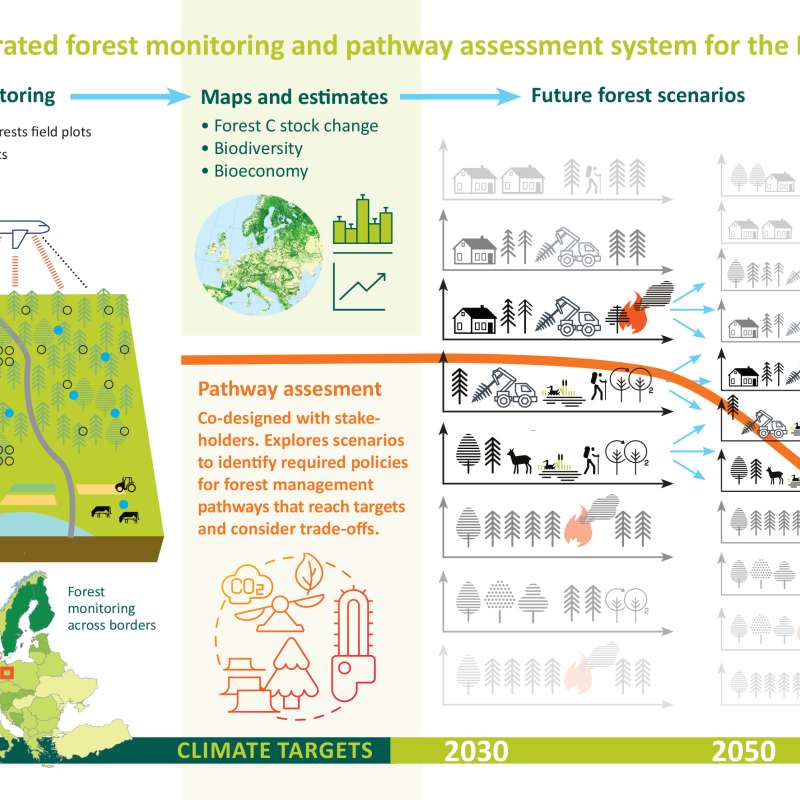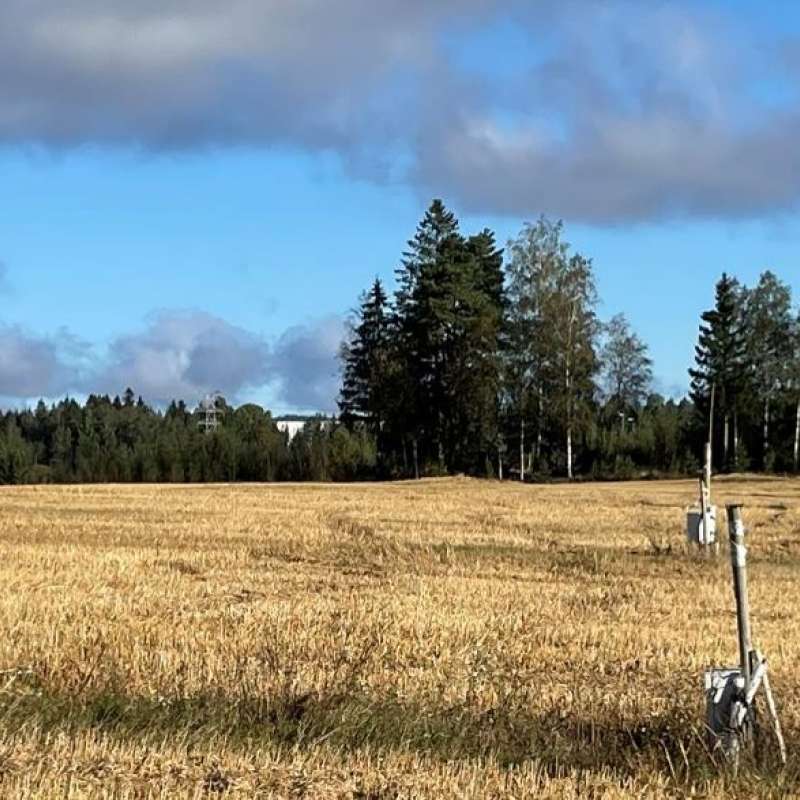Morgane Merlin
Research Scientist
Abstract
No abstract has been registered
Abstract
No abstract has been registered
Abstract
In terrestrial ecosystems, forest stands are the primary drivers of atmospheric moisture and local climate regulation, making the quantification of transpiration (T) at the stand level both highly relevant and scientifically important. Stand-level T quantification complements evapotranspiration monitoring by eddy-covariance systems, providing valuable insight into the water use efficiency of forested ecosystems in addition to serving as important inputs for the calibration and validation of global transpiration monitoring products based on satellite observations. Stand level T estimates are typically obtained by scaling up individual tree estimates of water movement within the xylem – or sap flow. This movement affects the radius of a tree stem, whose fluctuations over the diel cycle provide pertinent information about tree water relations which can be readily detected by point (or precision) dendrometers. While sap flow measurements have greatly advanced our understanding of water consumption (T) at the level of individual trees, deploying conventional sap flow monitoring equipment to quantify T at the level of entire forested stands (or ecosystems) can quickly become costly since sap flow measurements from many trees are required to reduce the uncertainty of the upscaling. Using a boreal old-growth Norway spruce stand at an ICOS site in Southern Norway as a case study, we assess the potential of augmenting conventional sap flow monitoring systems with sap flow modeling informed by point dendrometer measurements to reduce the uncertainty of stand level T estimation at the daily resolution. We test the hypothesis that the uncertainty reduction afforded by a boosted tree sample size more than offsets the propagation of uncertainty originating from the point dendrometer-based sap flow estimates.

Division of Forest and Forest Resources
PathFinder
Towards an Integrated Consistent European LULUCF Monitoring and Policy Pathway Assessment Framework

Division of Environment and Natural Resources
Precilience: Precision climate resilience for agriculture and forestry sectors in the European boreal regions
Precilience will develop precision solutions with farmers, foresters, landowners, and other actors to increase climate resilience in the Nordic-Baltic regions of Denmark, Estonia, Finland, Norway and Sweden.
